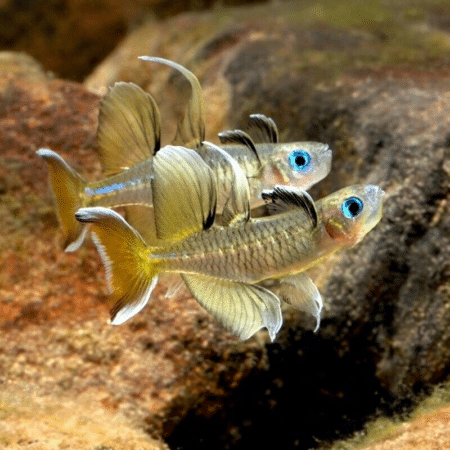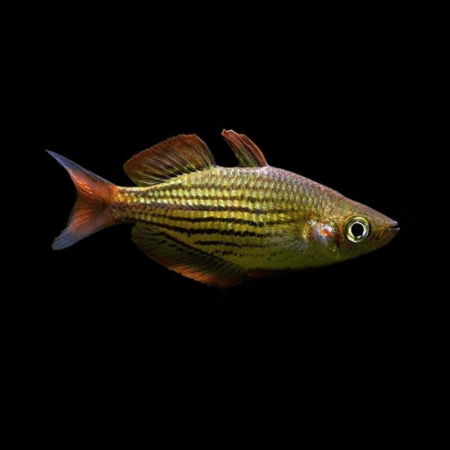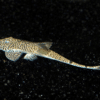-
×
Golden Eyes Vampire Crab - Geosesarma Sp. - Decapod Crustacean 2 × £8.71
-
×
-
×
-
×
-
×
-
×
-
×
Subtotal: £119.98

 Golden Eyes Vampire Crab - Geosesarma Sp. - Decapod Crustacean
Golden Eyes Vampire Crab - Geosesarma Sp. - Decapod Crustacean 


















Emily Carter (verified owner) –
I recently added the Red-Black Long Fin Bristlenose Pleco to my 55-gallon community tank, and I couldn’t be happier! After just two weeks, I’ve noticed a significant improvement in algae control, and this little guy is quite the character. His long fins are stunning and really add a unique flair to my aquarium. I make sure to provide him with slices of cucumber, which he devours happily; it’s heartwarming to see him thrive. I’ve had other plecos before, but this species is so much more engaging. They love to explore and are less shy compared to others I’ve kept. My only minor concern is that he occasionally gets a bit territorial around hiding spots, but that’s common for plecos. Overall, I highly recommend the Red-Black Long Fin Bristlenose to anyone looking to enhance their tank. This little catfish will not only help with algae but also bring a lively energy to your aquarium. I can’t wait to see how he grows over the next few months! Perfect for both beginner and seasoned aquarists alike!
Emily Parker (verified owner) –
I recently added a Red-Black Long Fin Bristlenose Pleco to my community tank, and I’m completely captivated! This little catfish has not only added a stunning visual element with its unique colors, but it’s also been fantastic at keeping my tank algae-free. After about two months, I’ve noticed a significant reduction in algae buildup, and my other tropical fish seem much happier. I love the way it gently grazes on the surfaces, giving me peace of mind knowing it’s helping maintain a healthy environment.
Compared to my previous algae eaters, this pleco is far more active and sociable. I find it fascinating to watch as it explores its surroundings. One minor concern is that it does prefer hiding spots, so adding more caves or driftwood could really enrich its habitat.
I highly recommend this species for anyone looking to enhance their tank’s biodiversity while ensuring fish welfare. It’s perfect for both seasoned aquarists and beginners who want a vibrant, lively community tank. Don’t hesitate to get one—I’m already planning on adding another!